The Perceived Value of Branded Plants
What goes unseen goes unsold, and for transplants, a retailer’s ability to grab the customer’s attention is especially important to the first step of getting plants sold. Some research outside of the horticulture industry has shown that consumers use very few pieces of information to make a purchase decision; most often they use brand and price. Other work suggests that brand recognition positively influences buying. Some researchers maintain that brands that are on the “top of mind” are the real drivers of the purchase decision, with known brands more likely selected than unknown brands.
There has been some research on state and regional horticultural brands, but not national brands. Collart et al. (2010) showed that Texas consumers who shopped for ornamental plants weekly or monthly had higher state brand awareness than consumers who shopped for plants less often. Consumers who had higher state brand awareness were willing to pay more for branded plants. In their study, the two brands effectively differentiated products creating a price premium of approximately 10 percent. Additionally, people ages 40 to 55 years were least likely to be aware of brands while people age 55 or older were willing to pay the least for branded plants. Whery et al. (2007) investigated consumer perceptions of a hypothetical Pennsylvania brand and showed that branded plants were most preferred.
We began our investigation on plant brands in 2014[1] and developed an online survey to better understand the role of plant brand recognition and intention to purchase an herb or vegetable transplant.
The survey consisted of first viewing 16 images and then answering questions regarding plant brand recognition, awareness, purchases and demographic information about each respondent. Researchers selected vegetable and herb transplants: Tomato and pepper were selected to represent vegetable transplants while parsley and basil were selected to represent edible herb plants. We selected three national plant brands, which, at the time of the study, had been in existence for 22 to 134 years.
Each image consisted of a picture of a transplant in a 4-inch container with a price shown in the lower right region of the image. After photographing the plants against a black background, we digitally altered the container to add the plant brand (Brand R, S and T).
Survey participants were shown the images and asked to respond verbally to “how likely are you to purchase this plant?” using a 10-point scale. Brand recognition was measured by asking them if they had previously seen the brand logo shown before the study.
Responses came from the entire United States and consisted of only people who had made at least one plant purchase. Of the total 566 participants, 57 percent were women and 43 percent were men with an average of 1.5 adults and 0.7 children in the household. Approximately half lived in a suburban area and 73.8 percent were Caucasian. Nearly 1/3 had attained a four-year college degree. Average household income was in the $60,000 to $79,999 range. We divided the sample into three age groups: Gen Y (ages 18-29), Gen X (ages 30-49) and Boomers (ages 50 and older) to see if there were differences between three groups.
Overall, we saw the highest brand recognition for Brand T (the youngest brand), followed by Brand R then Brand S (the oldest brand). A higher percentage of Baby Boomers had seen Brand T compared to Gen Y and Gen X. However, a larger percentage of Gen X and Gen Y had seen Brand R. The percentage of respondents from each age group who had seen Brand S was similar.
Both Brand R and S appear primarily on vegetable and herb transplants whereas Brand T primarily markets flowering plants. We found that 20.3 percent of Boomers had purchased annual plants compared to 6 percent of Gen X and 3.4 percent of Gen Y, so having a higher percentage of Boomers who made flowering plant purchases may be one contributing reason for the higher level of brand recognition of the brand appearing primarily on annual plants. We also speculate that the investment in brand advertising may also have contributed to the differences in awareness and recognition.
Next, we compared the average likelihood to buy for branded and non-branded plants by age group. Overall, branded plants were preferred over unbranded plants, with a higher average likelihood to buy (LTB) rating even though the plants were digitally identical.
The goal of a brand is to increase the perceived value, which we believe is reflected in a higher average LTB rating. Our results are consistent with several studies on other types of branded products.
In addition, we found that average LTB was greater for the Gen X and Gen Y groups compared to Boomers, which was also consistent with prior work showing younger aged consumers were more likely to buy the branded plants (Collart et al, 2010). Thus, it would appear that the national brands studied here did create a perceived difference in the minds of the Gen X and Gen Y participants of this study.
We then compared the average LTB score for each brand and each age group by whether the participant had seen the brand logo (before the study). Participants who had seen the brand logo prior to the study reported a higher LTB average score for all three brands, consistent with Hoyer and Brown (1990) who showed that known brands were more likely selected compared to unknown brands.
We found an interaction between age and brand recognition; however, the pattern of mean LTB was similar for all three brands in the study. Gen X and Gen Y had a higher LTB the branded plants they had seen, with Boomers exhibiting a similar reaction but also reporting a lower LTB whether or not they had seen the brand.
Thus, the brand appeared to be more important and appeared to create product differentiation (despite the fact that images for branded unbranded plants were identical) for the younger-aged consumers compared to Boomers. Future marketing strategies should include branding as a piece of information used by (especially those younger) consumers to help facilitate their buying decision. Furthermore, we see evidence that brands are being used for plant selection in a manner similar to packaged goods.
In the future, branding may help to serve as a part of product differentiation for consumers. While one study does not answer all the questions that arise with regard to branded plants, this is a first step to showing what consumers think about branded plants.

There is an interaction between age and brand recognition in consumers’ selection of plants.



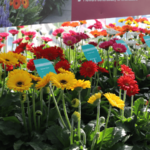

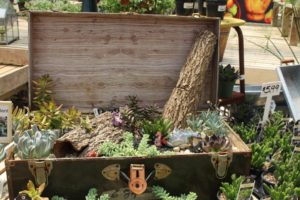



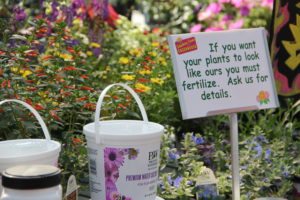
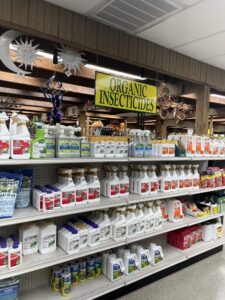
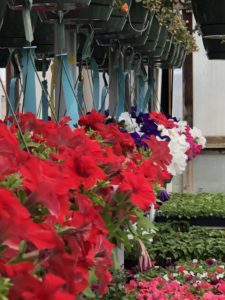
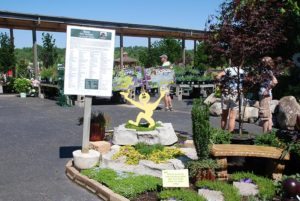
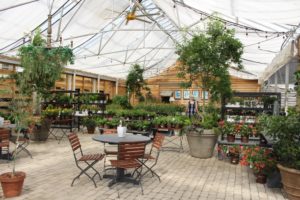
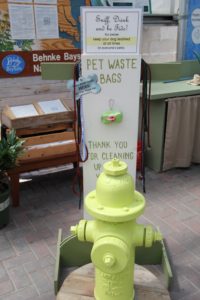


 Videos
Videos





